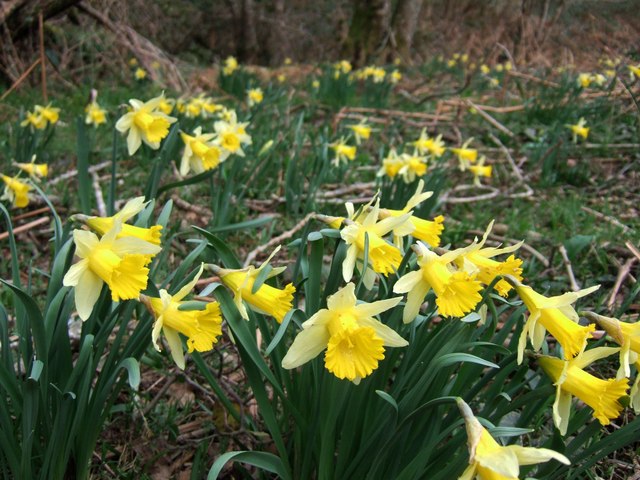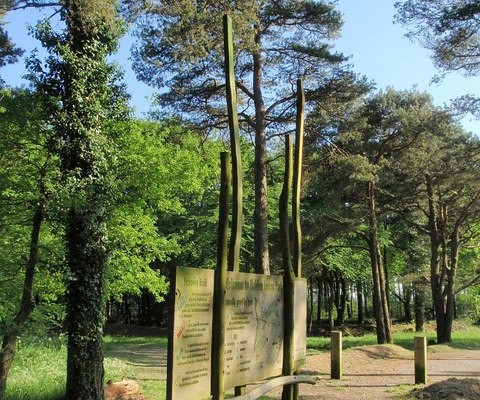Interesting information
Dunsford is a Site of Special Scientific Interest and a Special Area of Conservation, it is managed by the Devon Wildlife Trust.

Lying on the eastern edge of Dartmoor National Park, this riverside woodland reserve consists primarily of sessile oak on the steep valley slopes above the River Teign. Ash predominates on the wetter slopes and the extensive floodplain. Ferns and mosses are abundant throughout the area.
Dunsford is one of the best sites in south-west England for the wild daffodil, with stunning displays in spring. Other characteristic woodland plants include common sow-wheat, wood anemone, bluebell and wild garlic.
The fauna is also extremely rich, including pied flycatchers, green woodpeckers, dormice, otter, fallow deer and the rare high brown fritillary butterfly.
By bus: Dunsford lies on the Exeter to Moretonhampstead bus routes, visit the Travel Devon website for further information.
By road: The main entrance is at Steps Bridge on the Exeter to Moretonhampstead road (B3212). There is also an entrance at the opposite end of the reserve, near Clifford Bridge.
Dunsford is a Site of Special Scientific Interest and a Special Area of Conservation, it is managed by the Devon Wildlife Trust.

